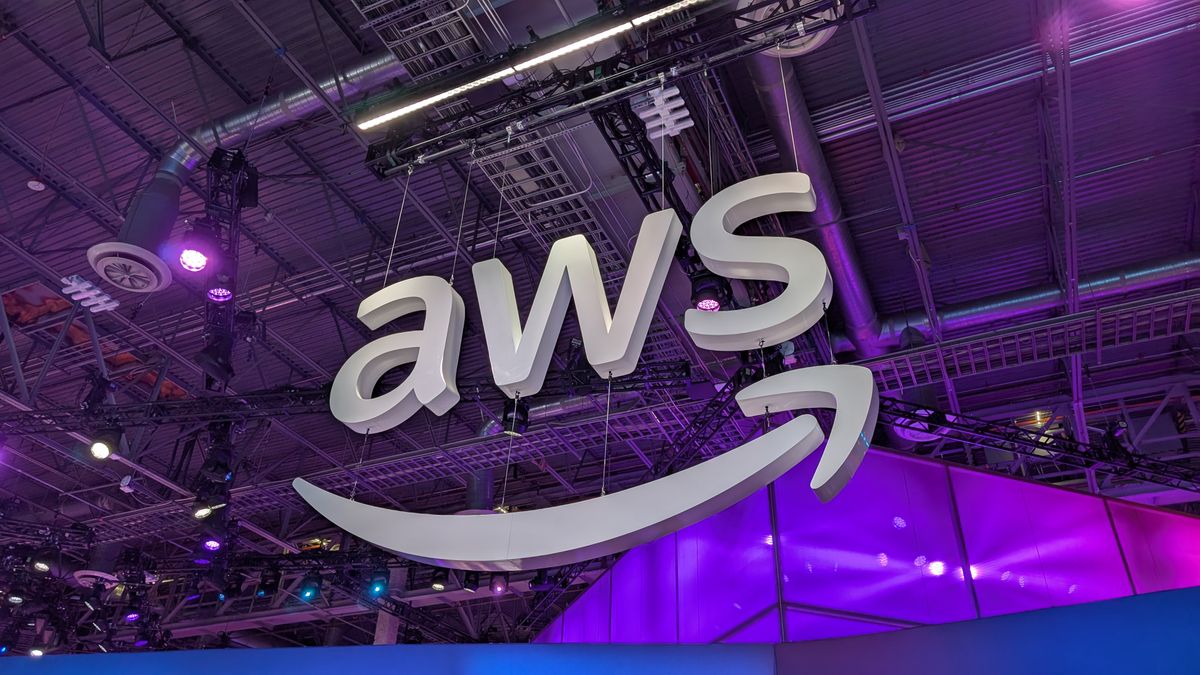As businesses become increasingly reliant on a complex network of suppliers (on average, they partner with 11 third-party vendors), the potential entry point for cybercriminals increases. This interconnectedness means that even the most robust internal cybersecurity measures can be easily circumvented if a third-party vendor is compromised.
A recent analysis found that 98% of organizations do business with a third party that has suffered a security breach.
Supply chain attacks exploit vulnerabilities within an organization’s network of suppliers and partners, creating significant risk even for companies with robust defenses.
Let’s explore how improving employee awareness can strengthen your third-party risk management (TPRM) efforts and protect sensitive data.
CISSP, Newfoundland Security.
Understanding Supply Chain Attacks
Supply chain attacks involve compromising the less secure components of a supply chain to infiltrate a primary target. In other cases, organizations may suffer unintended damage if their suppliers disrupt their operations or production. These attacks can occur in a variety of ways, affecting software or services, interconnected devices and networks, and even people.
1. That affect the software or services:Incidents where attackers insert malicious code into trusted software updates demonstrate the serious impact that supply chain attacks can have. In these cases, attackers compromise widely used software platforms, distribute malware through routine updates, and impact thousands of companies across multiple industries.
2. Impact on interconnected devices and networks:Compromising interconnected devices and networks between customers and suppliers can provide attackers with a path to critical systems. This includes targeting IoT devices, network hardware, and other interconnected infrastructure.
3. Involve peopleSocial engineering attacks, such as Business Email Compromise (BEC) and insider threats, exploit human vulnerabilities to gain access to sensitive information or systems. These attacks often involve tricking employees into revealing their credentials or other critical data.
Defending cybersecurity through employee awareness
Employees are on the front lines of identifying and preventing supply chain attacks. Advanced awareness training provides them with the knowledge and skills to recognize and report potential threats, reducing the likelihood of breaches occurring.
Attackers may send phishing emails or use social engineering tactics to compromise third-party employees. Once they have access to the third party's network or credentials, they can use this access to infiltrate the targeted organization's systems.
Unsafe online behaviors to watch out for
Employees and third-party vendors can inadvertently introduce vulnerabilities through unsafe behavior. Recognizing and addressing these behaviors is critical. Here are some examples:
1. Sharing confidential information:Verifying the identity of requesters through official channels before sharing sensitive information reduces the risk of data leaks and unauthorized access.
2. Use of unsecured communication channels:Encouraging the use of established, secure communication methods, especially when transmitting sensitive information, helps prevent interceptions by attackers.
3. Falling for social engineering tacticsSocial engineering attacks, such as Business Email Compromise (BEC), exploit human psychology to gain access to sensitive information.
Advanced awareness training strategies
To build a strong defense against supply chain attacks, organizations can benefit from going beyond introductory training and implementing advanced strategies:
1. Real-world phishing scenariosIncorporating relevant examples of supply chain attacks into training programs helps employees understand the tactics attackers use.
2. Interactive training:Effective use of interactive exercises helps retain knowledge and teaches employees how to respond to potential supply chain threats.
3. Specific threat approachTraining that covers supply chain threats, such as phishing, malware, and social engineering attacks, helps employees better identify and mitigate these risks.
4. Access controlEducating employees on how to share only the necessary information and only with those authorized to access it can reduce the risk of data leaks.
5. Internal threat:Train employees to detect behavior that may indicate malicious intent by third-party employees.
Collaboration with external suppliers
Extending awareness training to third-party suppliers is essential to creating a secure supply chain:
1. Clear security requirements:Establishing and communicating clear security requirements in supplier contracts ensures that all parties are committed to taking necessary security measures, including mandatory awareness training.
2. Periodic security assessmentsConducting regular security assessments and vendor audits helps to quickly identify and address potential vulnerabilities.
3. Offer support:Expand the security awareness program to smaller suppliers who may not have the resources to establish a program that meets internal security expectations.
Measuring the effectiveness of awareness training
Evaluating the impact of awareness training programs is vital to ensure their effectiveness:
1. Surveys and comments:Gathering feedback from employees and suppliers helps identify areas for improvement. Surveys provide insight into the effectiveness of training materials and methods.
2. Monitoring of incidents and near misses:Tracking and analyzing security incidents and situations where a security incident occurred helps to identify patterns and gaps in training. This data can serve as a basis for future training and improvement initiatives.
3. Performance metrics and KPIs:Using performance metrics and key performance indicators (KPIs) to measure the success of training programs provides valuable insights. Metrics such as the number of reported phishing attempts and incident response times help measure effectiveness.
How to strengthen your defense against supply chain attacks
Employee awareness is critical to preventing supply chain attacks. Improving existing training programs and developing a security-first mindset helps companies significantly reduce the risk of these sophisticated threats.
Ongoing training, collaboration with suppliers, and regular assessments ensure your organization remains resilient to changing supply chain attacks.
We list the best identity management software.
This article was produced as part of TechRadarPro's Expert Insights channel, where we showcase the brightest and brightest minds in the tech industry today. The views expressed here are those of the author, and not necessarily those of TechRadarPro or Future plc. If you're interested in contributing, find out more here:









